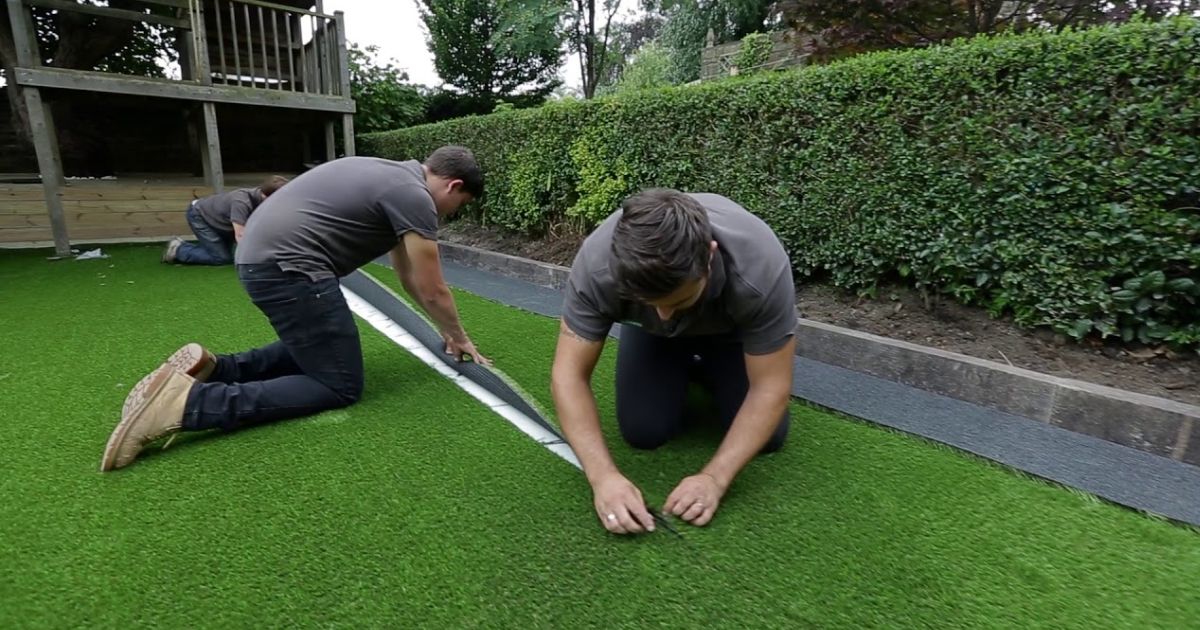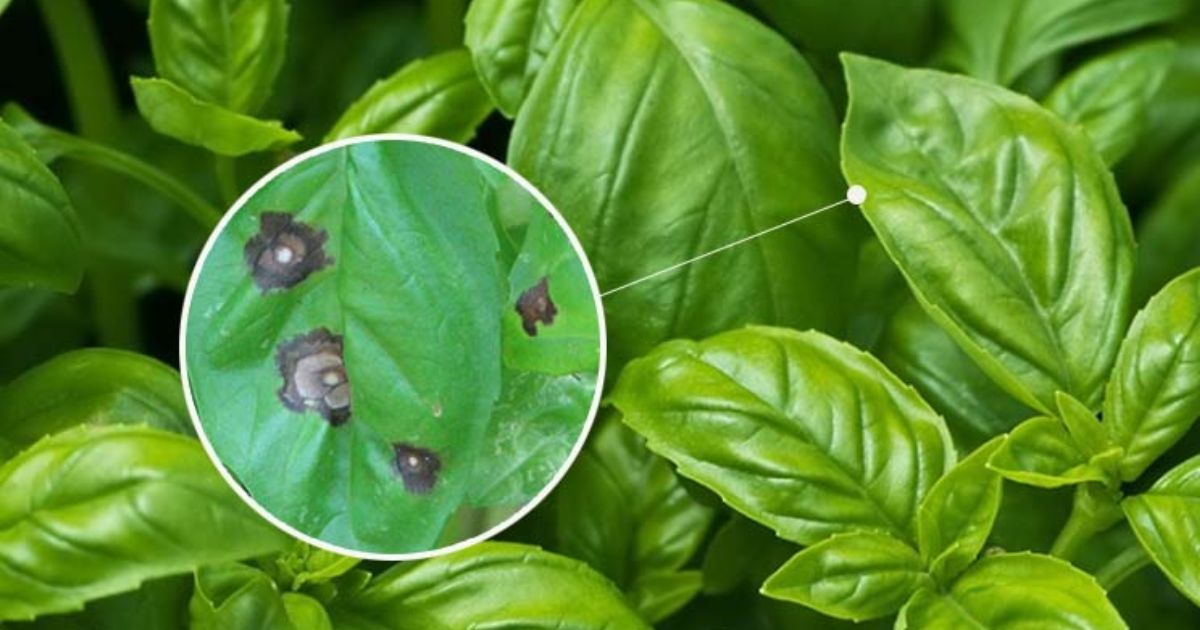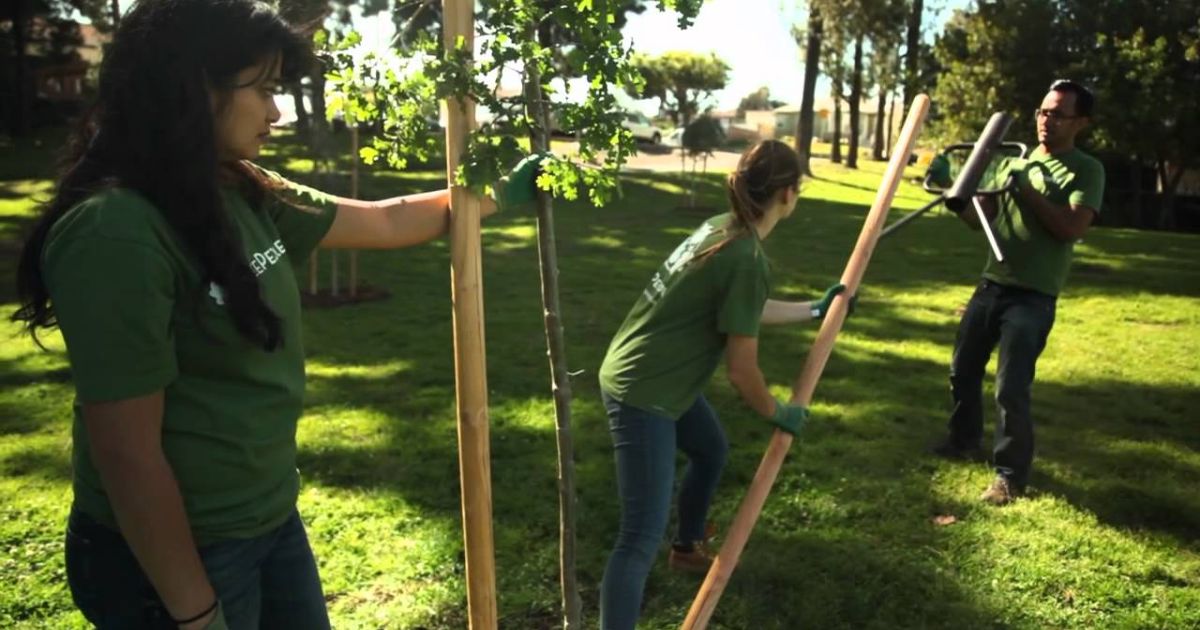Imagine a vast underground network connecting plants and sharing nutrients, like a natural internet beneath our feet. This fantastic system exists thanks to mycorrhizal fungi, the tiny but mighty organisms that make our gardens thrive. Whether you’re a curious gardener who’s noticed white fungus in garden soil or a plant enthusiast wanting to understand soil health better, this guide will help you understand these fascinating fungi.
What are Mycorrhizal Fungi?
Mycorrhizal fungi are unique organisms that form partnerships with plant roots. They are nature’s helper friends who connect plants to their needed nutrients. These fungi create thread-like structures called mycelium, often appearing as white fungus in soil. But don’t worry – unlike harmful fungi, mycorrhizal fungi are suitable for your garden!
When you see white fungus on plants’ roots, these beneficial mycorrhizal fungi might be at work. They form a relationship with about 90% of all land plants, creating what scientists call a “symbiotic relationship” – meaning the fungi and plants help each other out.
A beneficial or symbiotic interaction between a fungus and its host plant’s roots is known as mycorrhiza or “fungus-root.” A natural infection of a plant’s root system, this interaction occurs when the plant gives the fungus carbon and sugars in exchange for water and/or nutrients. Relationships of this kind have existed since plants first appeared on land 400–500 million years ago. The number of species of mycorrhizal fungi is several thousand. Why Planting Fava Beans as a Cover Crop is a Smart Choice for Your Garden
Why Are Mycorrhizal Fungi Important?
- Enhanced Nutrient Uptake: These fungi help plants access otherwise unavailable nutrients, improving growth and yield.
- Improved Soil Structure: Mycorrhizal networks bind soil particles together, reducing erosion and increasing water retention.
- Disease Resistance: By occupying root zones, mycorrhizal fungi prevent harmful pathogens, such as soil fungus and white mould on the ground, from taking over.
White Fungus in Soil Identification | White Garden Fungus Identification
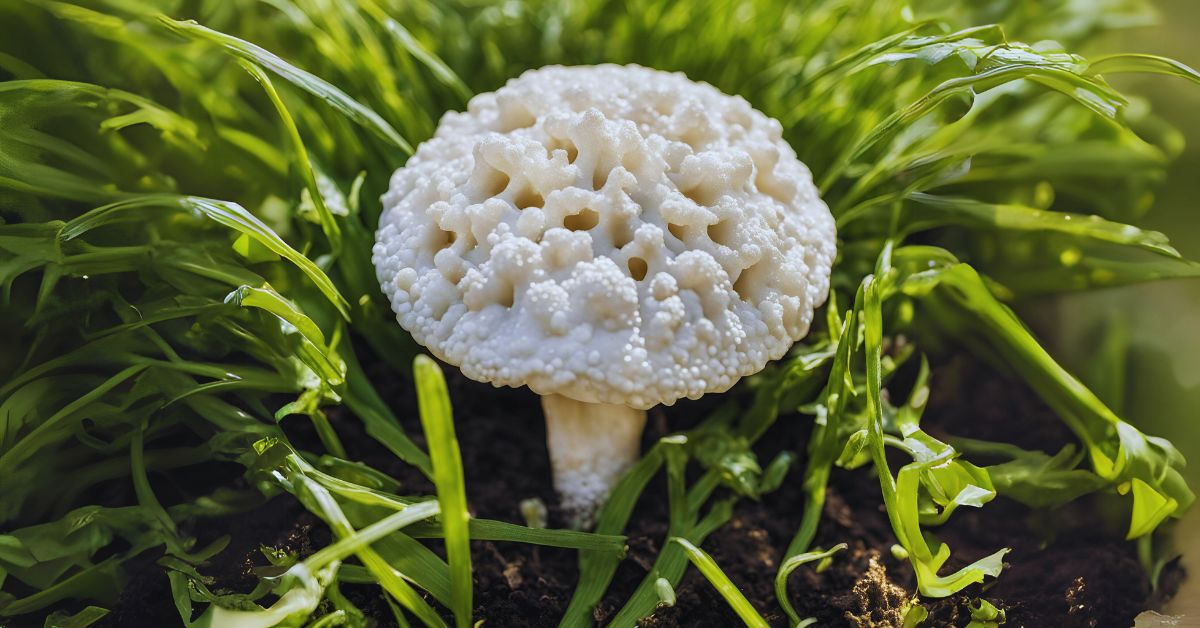
White fungi in garden soil can often be mistaken for harmful pathogens, but not all fungi are imperfect. Identifying whether the white fungus is beneficial to mycelium or a toxic mould is essential.
Common Types of White Fungus in Soil
- Mycorrhizal Fungi: These are beneficial and essential for healthy soil. Their presence often looks like fine white threads spreading through the soil.
- White Mold on Ground: This appears as fluffy, cotton-like growth on the ground and is often a sign of poor drainage or decaying organic matter.
- Pathogenic Fungus: Harmful fungi may attack plant roots, leading to symptoms like root rot or stunted growth. Examples include Sclerotinia or Fusarium.
White Fungus on Roots of Plants | White Fungus on Plant Roots
When white fungus appears on plant roots, it’s crucial to determine whether it’s beneficial mycorrhizal fungi or a harmful pathogen.
Signs of Mycorrhizal Fungi on Roots
- Thin, web-like structures around the root zone.
- Improved plant health and vigorous growth.
Dealing with Harmful White Fungus on Ground
If the fungus is pathogenic:
- Improve Drainage: Waterlogged soil encourages fungal growth.
- Use Organic Fungicides: Natural options like neem oil can combat harmful fungi.
- Incorporate Healthy Fungi: Adding mycorrhizal inoculants to your soil can outcompete harmful fungi.
Mycelium and White Fungus in Garden Soil
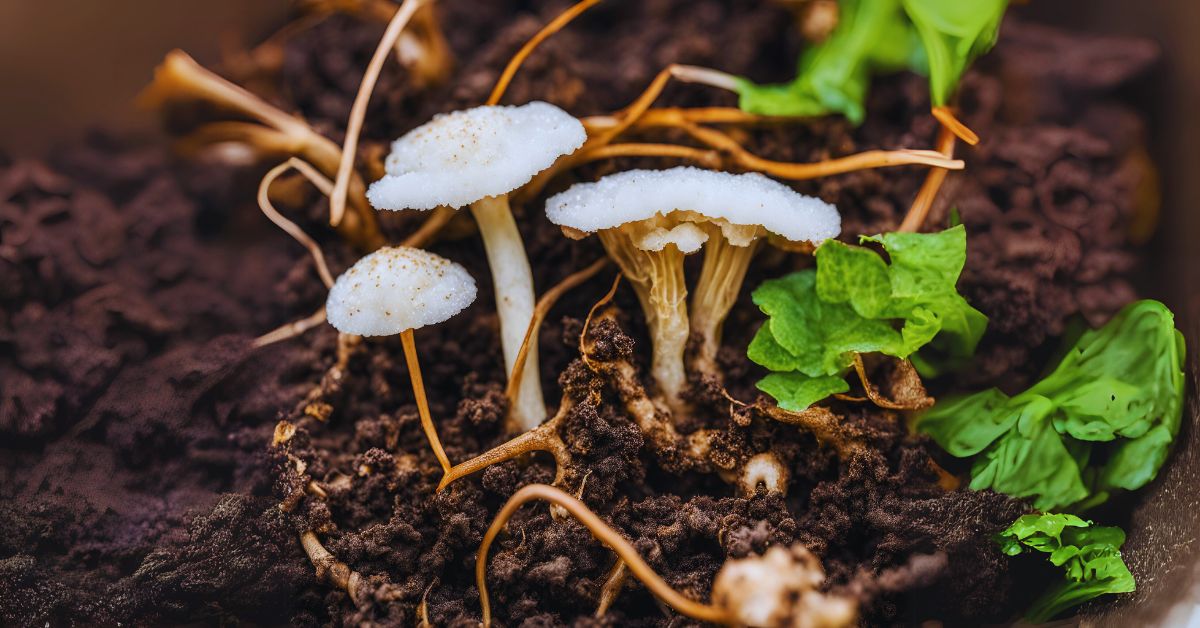
Mycelium is the vegetative part of fungi, often seen as white threads in the soil. While it’s easy to assume all white fungi are harmful, mycelium is typically beneficial.
Benefits of Mycelium
- Nutrient Cycling: Mycelium breaks down organic matter, releasing nutrients into the soil.
- Soil Aeration: Its presence helps create channels that allow air and water to penetrate the soil.
- Fungal Networks: Mycelium forms vast underground networks that connect plants, enabling them to share resources.
Preventing White Fungus in Soil
Keeping your soil healthy and balanced is the best way to prevent harmful white fungus. Here’s how:
Maintain Proper Soil Moisture
- Overwatering creates conditions where harmful fungi thrive. Water only when necessary.
Add Organic Matter
- Compost and mulch improve soil fertility, encourage beneficial microbes, and suppress harmful fungi.
Encourage Mycorrhizal Growth
- Use mycorrhizal inoculants to boost the population of these beneficial fungi in your garden soil.
Rotate Crops
- Crop rotation prevents soil from becoming overrun with pathogens that target specific plants.
Common Questions About Soil Fungus White

Is all white fungus in soil good?
Not all white fungi are mycorrhizal fungi. While seeing white fungus in garden soil is often normal and healthy, some types can harm plants. If you’re worried, look for these signs:
- Good fungi usually look like fine white threads
- Harmful fungi might make plants look sick
- Healthy soil fungus doesn’t smell bad
- Beneficial mycelium white fungus in soil identification shows even, consistent growth
How can I tell if my plants have mycorrhizal fungi?
Look for these signs:
- Healthy, strong plants
- White, thread-like structures on roots
- Soil that holds together well
- Plants that resist drought better than expected
Special Tips for Different Gardens
Vegetable Gardens
- Most vegetables love mycorrhizal fungi
- Add compost regularly
- Keep soil covered with mulch
Flower Gardens
- Many flowers form strong relationships with these fungi
- Avoid moving plants too often
- Use organic mulch
Indoor Plants
- You can buy mycorrhizal fungi supplements
- Use gentle, natural fertilizers
- Don’t overwater
Latest Research and Expert Opinions
Dr. Sarah Johnson of the Soil Science Institute states, “Mycorrhizal fungi are essential for sustainable agriculture. They can reduce the need for chemical fertilizers by up to 30% while improving crop yields.”
Recent studies show that gardens with healthy mycorrhizal fungi networks:
- Produce up to 20% more vegetables
- Need 40% less water
- Show better resistance to plant diseases
- Have improved soil structure
Professor Mike Thompson from Garden University adds, “These fungi are nature’s original recyclers. They help break down organic matter and make nutrients available to plants in ways that artificial fertilizers simply can’t match.”
Summary
Mycorrhizal fungi and nearly all land plants develop symbiotic relationships. Because they control the carbon and nutrient cycles, affect soil structure, and contribute to the multifunctionality of ecosystems, these subterranean fungi are essential to terrestrial ecosystems. Mycorrhizal fungi supply up to 80% of the nitrogen and phosphorus needed by plants, and many plant species rely on these symbionts for growth and survival. About 50,000 fungal species are thought to have mycorrhizal relationships with about 250,000 plant species. Our understanding of mycorrhizal connections’ biology, evolution, and biodiversity has improved thanks to the introduction of high-throughput genetic technologies.
There are now exciting opportunities to learn more about the mycorrhizal lifestyle, the metabolic capacities of these plant symbionts, the molecular communication between symbionts, and evolutionary adaptations across a variety of mycorrhizal associations thanks to the nuclear genome assemblies and gene annotations of 33 mycorrhizal fungal species. New information about the richness, temporal dynamics, and spatial distribution of mycorrhizal fungal communities has been made possible by extensive molecular surveys.
Network theory enables the analysis of plant-fungal partner interactions as intricate subterranean multi-species networks at the ecological level. Our findings show that mycorrhizal type affects mycorrhizal networks’ nestedness, modularity, and specificity. In mycorrhizal connections, mechanistic models that explain coevolution, resource exchange, and partner choice have been created and are currently undergoing testing. Major research frontiers are listed at the end of this review.



